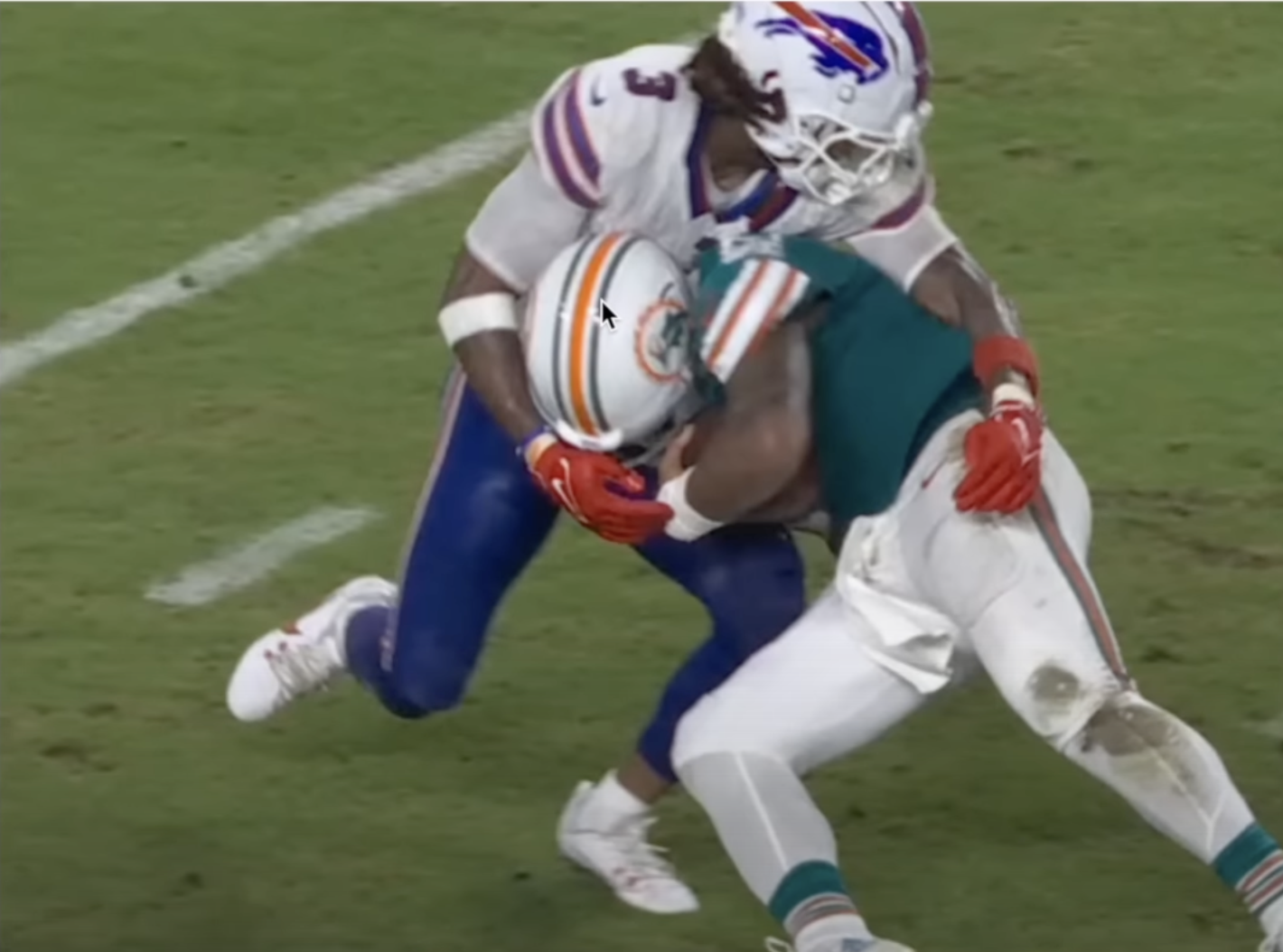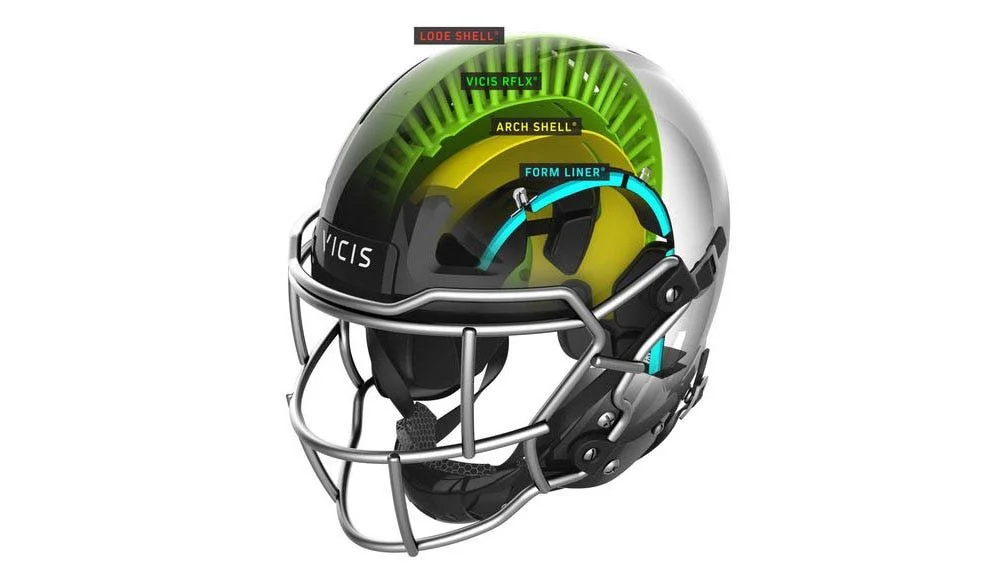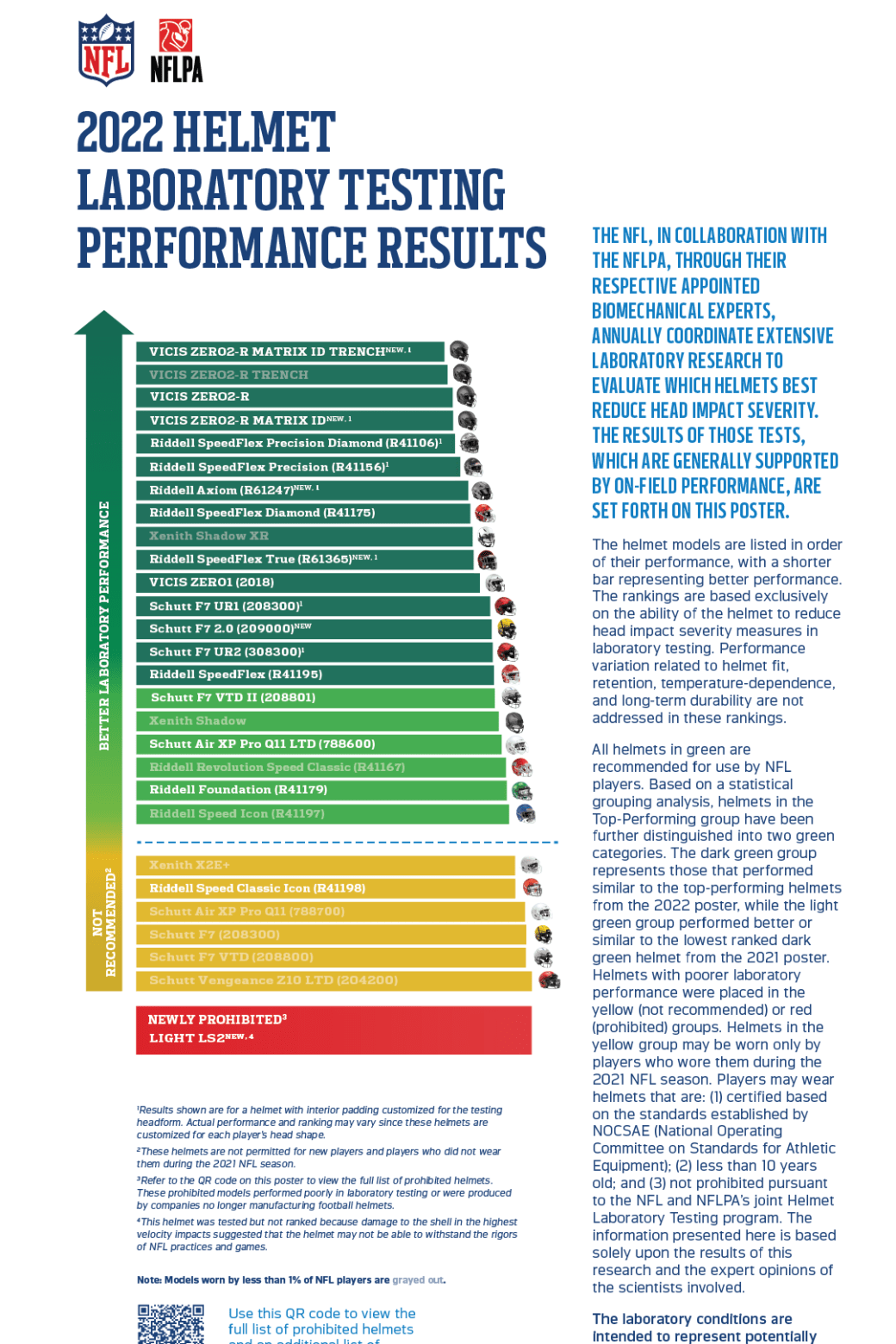concussions and Decisions
It has been thankfully over 25 years since my last concussion in football. The trauma to my brain is what ended my playing career after suffering at least 6 significant ones. This was football for many generations and getting your “bell rung” was a right of passage and a reason to take a “few plays off”. As a quarterback and signal caller you are encouraged to return back to the huddle as quickly as you can for the sake of your team. There are not many times in high school or college football, especially in the 1990s where you are weighing the future of your brain’s efficiency and efficacy of your memory. This was my dilemma where the concussions become easier to receive and the effects more noteworthy. Watching Thursday night football and seeing Dolphins quarterback Tua Tagovailoa on the ground brought back many memories of watching myself on film.
In a critical play during the game, Miami Dolphins quarterback Tua Tagovailoa scrambled to gain 7 yards but made a dangerous decision, lowering his helmet and colliding head-first with Buffalo’s Damar Hamlin. The impact caused Tagovailoa’s head and neck to jolt violently, and he exhibited signs of a brain injury—his arms stiffened in an unnatural position, a clear indication of trauma. This incident is troubling, especially since Tagovailoa has a history of concussions and has even considered retirement due to previous head injuries. Initially unaware of the severity, Hamlin showed frustration over the first down, not realizing the serious condition Tagovailoa was in after the play.
For parents of young football players, this serves as a reminder of the risks associated with head injuries in the sport and the importance of safety measures.
Now what is next for Tagovailoa?
After Tua Tagovailoa suffered another concussion on Thursday, several former NFL players quickly took to social media and national broadcasts to urge him to retire from football. This incident comes less than two years after Tagovailoa experienced multiple head injuries during the 2022 season, which caused him to miss significant time and even consider retiring at that point. Following this latest concussion, a growing number of current and former NFL players, including Hall of Famer Shannon Sharpe and former Cowboys star Dez Bryant, are calling for Tagovailoa to step away from the game for the sake of his long-term health.
For parents of young football players, this highlights the serious risks of repeated head injuries in the sport and emphasizes the importance of protecting athletes from long-term harm.
What are concussions?
Concussions are caused by a mild to severe blow to the head that leads to brain bruising as a result of the brain hitting against the skull from an acceleration/deceleration injury. This impact of the brain hitting against the skull as a result of head to head contact, head to body contact, or head to ground contact ends up creating chemical changes in the brain and damaging brain cells.
Possible concussion symptoms range in presentation from:
headaches, nausea or vomiting
trouble thinking
memory problems
trouble walking
change in emotions
vision problems
severe fatigue
changes in sleep patterns.
Onset of symptoms can occur at varying times starting from immediately after impact to several hours after mechanism of injury. Athletes experiencing these common signs and symptoms should be withheld from competition.
““The CDC estimates that there are as many as 3.8 million sports and recreation concussions annually in the United States. Our goal is to reduce this number.””
What is the proper recovery time after a concussion?
Proper recovery time changes based on the case and severity of the concussion and its symptoms. Regardless, the recovery timeline should be gradual and should not be rushed. A player who has a concussion should not return to sport until cleared by the health care provider or certified athletic trainer on your highschool or club team. Return to play occurs in a gradual 6 step process and requires the athlete to be asymptomatic for every step.The 6 steps are as outlined by CDC and in International journal of Sports physical therapy article “Pediatric Sports Specific Return To Play Guidelines Following Concussion” as:
No activity- recovery
Light Aerobic exercise - with focus on increasing heart rate
Sport specific movements
Non-contact drills
Full contact drills
Return to practice
Each step should be completed in a 24 hour interval. If a player is able to complete each stage with no reproduction of symptoms then the player can advance to the next stage. If a player has reproduction of symptoms at any point in their recovery they have to go back to the previous stage and complete the stage again. A player is unable to return to play unless he/she has a documented medical clearance form from a licensed healthcare provider.
How can you limit concussions
Now that we know what concussions are and how you can get them, which is by contact to the head or neck region, let's talk about how to limit or mitigate concussions. In terms of football, concussions can come from one of three mechanisms, head to head contact, whip-lash, or head to ground contact.
Head to head contact is more common than head to ground contact which can occur from landing/ getting thrown down to the ground. To limit head to head contact we need to address the proper way to tackle to limit head striking. The old form of tackling was to keep heads and eyes up and to not strike another player with the crown, or top, of your head. In the past most coaches wanted you to put your facemask right on the ball and to bring your arms with you when you tackled the opponent in order to gather more momentum. Through plenty of research on technique we can clarify that this should not be taught to anyone playing football. What players should adapt is Rugby style tackling. Rugby style tackling involves using leverage, proper foot and body placement and using the player’s shoulder as the main striking body part. As a former coach who has been Certified by Atavus Football for proper Rugby style tackling, I have been able to teach this type of technique and think it has protected my players from sustaining concussions over the years. I am a firm believer in making sure that every coach takes Atavus Football tackling training in order to ensure safe tackling for every player.
“The most effective and safest way to make the tackle is to attack the ball carriers “strike zone”.”
When you think about it, Rugby players are able to tackle with much less head/neck involvement since they do not have any protective gear for this area. So why wouldn't football players adapt that style of rugby style tackling. In order to properly tackle, it starts with positioning and making sure you are set up in order to succeed. Creating angles and limiting the ball carrier to one direction not only makes the tackler's job easier but helps them make the proper and safe tackle. As a defender you always want to attack the near hip of the ball carrier and aim to strike the opposing player with your near shoulder to their near hip. When talking to Assistant Coach Lele Te’o of Juanita high school, he best described the zone in which you want to strike the opposing player in as the “strike zone”. The strike zone plays off of baseball terminology and mimics the same zone used in baseball to call balls and strikes by umpires. The strike zone is from the bottom of the rib cage to just above the knees. This zone gives defensive players a safe zone to aim for when trying to attempt a tackle. As the defender starts approaching the ball carrier, Coach Te’o mentions that it is imperative to bring your feet under you and to bring your hips forward as you begin your move toward the ball carrier.
The hardest part in tackling is trying to take that last step and trying to keep your strike foot directly under your knee. By keeping your feet under you and driving your hips forward, this is how you will bring more force and power with your tackle and secure your tackle safely. Now let's look at the shoulder, neck and head positioning. Positioning of the head is very important to the overall safety of the head. The head should be kept out of the tackle and should not cross the ball carrier's body as this leads to a higher chance of neck/ head injury. Players should not be leading with the top of their head. If a player were to lead with the crown of their head, they increase axial load onto the spine which can lead to significant damage. So keep the head up and see through the other side of the ball carrier and keep the head from crossing the offensive player's body. Coach Te’o also stresses the use of punching your arms through the offensive ball carrier on either side of the player and trying not to spread your arms out wide. By punching your arms through the ball carrier and keeping yours compact, you lessen the chance for injury to your shoulders and also you increase the chance that you secure the tackle.
It is always smart to break down the art of tackling and practice them in low contact drills that focus on positioning, proper techniques, and breaking down the tackle step by step. By practicing this, you are then able to translate that over to live practice drills and then ultimately in a real game scenario.
How Can Equipment Combat Concussions?
Another component that's being integrated into the fabric of football is the use of safer protective equipment. Companies are coming up with new equipment constantly that is geared toward improving the impact that players receive. One piece of equipment that has been used as of late are Guardian caps. Guardian caps are a cushioned cap that goes over the helmet that helps reduce the amount of direct head contact that a player might get exposed to. NFL executive Jeff Miller stated that the early data of guardian caps worn during training camp this year has reduced the amount of concussions by over half at positions affected.This is an amazing stat that should not be taken lightly and teams should look to implement guardian caps during practices that involve tackling or hitting. Underneath that guardian cap is the helmet. There are plenty of companies that do research on helmets and try to come up with the best equipment that is safe for the people wearing them. The NFL annually comes up with the best helmets as determined by stats and through various tests. The results can be found here on the NFL and NFLPA’s Helmet Laboratory Testing Performance Results. This provides players and coaches with the safest helmets going into this year's season and should be utilized when equipping younger athletes.
Although the game of football is a violent sport, there are ways that it has improved in providing safety for its players. From concussion awareness of signs and symptoms, to concussion treatment both by athletic trainers and doctors of physical therapy, to changes in tackling techniques and improvement in safety equipment for players, the game has never been safer and will continue to become even safer as time continues.
AUTHOR:
Ben Wobker, PT, MSPT, CSCS, CFSC, SFMA
Founder & CEO Lake Washington Physical Therapy
CONTRIBUTORS:
Cole Graves, PT, DPT
LWPT Redmond
Stan Herring, MD
UW Neurologist
Justin Ho, PT
UW Concussion Clinic
References
“Concussion Statistics and Facts | UPMC | Pittsburgh.” UPMC Sports Medicine, 2021, www.upmc.com/services/sports-medicine/services/concussion/about/facts-statistics.
CDC. “Concussion Signs and Symptoms.” Concussion Signs and Symptoms, 12 Feb. 2019, www.cdc.gov/headsup/basics/concussion_symptoms.html.
May KH, Marshall DL, Burns TG, Popoli DM, Polikandriotis JA. Pediatric sports specific return to play guidelines following concussion. Int J Sports Phys Ther. 2014 Apr;9(2):242-55. PMID: 24790785; PMCID: PMC4004129.
NFLPA. “Helmet Laboratory Testing Performance Results.” NFL.com, 22 Mar. 2022, www.nfl.com/playerhealthandsafety/equipment-and-innovation/equipment-testing/helmet-laboratory-testing-performance-results. Accessed 30 Aug. 2022.
Information provided on LakeWashingtonPT.com and all of its web pages is intended for general educational and entertainment purposes and is not intended to be medical advice to you or any other person. You should always consult with your own medical provider about your health and medical questions and never rely on any web site alone to make medical decisions.












